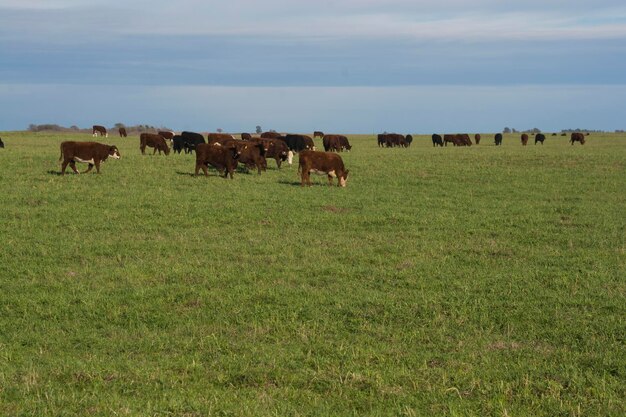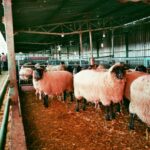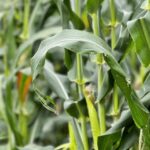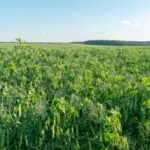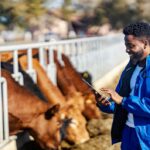Livestock grazing is a cornerstone of sustainable farming, providing animals with access to natural forage while reducing feed costs. However, inefficient grazing can lead to overgrazing, uneven pasture use, and long-term soil degradation. Using specialized grazing equipment can optimize grazing practices, promote pasture health, and improve livestock productivity. Here’s how farmers can enhance their grazing systems with the right tools and techniques.
Benefits of Specialized Grazing Equipment
- Optimized Pasture Management: Proper tools allow for controlled grazing, ensuring pastures are grazed evenly and rested adequately.
- Improved Livestock Health: Access to diverse, nutritious forage enhances animal health and weight gain.
- Cost-Effective Feeding: Specialized equipment reduces reliance on supplemental feed, cutting costs.
- Environmental Sustainability: Tools that promote rotational grazing can prevent overgrazing, reduce soil erosion, and support biodiversity.
Types of Specialized Grazing Equipment
- Portable Electric Fencing
- Purpose: Divide pastures into smaller sections (paddocks) for rotational grazing.
- Benefits:
- Easy to install and move.
- Helps control grazing areas, preventing overuse of specific sections.
- Example: Farmers can move fences weekly to allow forage in one paddock to regrow while animals graze another.
- Water Trough Systems
- Purpose: Provide clean, accessible water in all grazing areas.
- Benefits:
- Encourages even grazing across the pasture.
- Reduces livestock walking long distances for water, conserving their energy.
- Specialized Options: Solar-powered pumps for remote areas.
- Grazing Muzzles
- Purpose: Limit the amount of forage consumed by individual animals.
- Benefits:
- Prevents overeating, particularly in high-risk animals prone to obesity or laminitis.
- Ensures even forage consumption.
- Livestock Shade Structures
- Purpose: Provide portable shade in grazing areas, especially during hot summers.
- Benefits:
- Protects animals from heat stress.
- Encourages grazing in areas that might otherwise be avoided due to lack of shade.
- Pasture Drag Harrows
- Purpose: Evenly spread manure across pastures.
- Benefits:
- Improves soil fertility by distributing nutrients.
- Reduces parasite loads by breaking up manure piles.
- Feed Bunk Covers
- Purpose: Protect supplemental feed from weather.
- Benefits:
- Keeps hay or silage clean and dry.
- Reduces waste and feed costs.
- Rotational Grazing Plans
- Purpose: Not a physical tool but a strategic system for pasture use.
- Implementation Tools: GPS-enabled grazing trackers can monitor how long animals have grazed in specific areas.
- Pasture Seeding Equipment
- Purpose: Reseed degraded or overgrazed areas.
- Benefits:
- Encourages the growth of high-quality forage species.
- Improves pasture biodiversity and resilience.
How to Implement Specialized Grazing Equipment
- Assess Your Pasture
- Conduct soil and forage quality tests to understand pasture health.
- Identify overgrazed or underutilized areas.
- Create a Grazing Plan
- Divide the land into paddocks based on the number of animals and available forage.
- Plan rotation schedules to allow adequate regrowth time for each paddock.
- Invest in Durable Equipment
- Choose high-quality tools that match your farm’s needs.
- Consider long-term benefits when budgeting for grazing equipment.
- Train Livestock and Staff
- Teach livestock to respect electric fencing by introducing them gradually.
- Train farm workers to use specialized tools effectively.
- Monitor and Adjust
- Use grazing records to track pasture usage and animal performance.
- Adjust grazing schedules and equipment placement based on results.
Case Study: Success in South Africa
A farmer in Limpopo introduced rotational grazing with portable electric fencing and solar-powered water troughs. Within a year:
- Pasture productivity increased by 30%.
- Livestock weight gain improved due to better forage availability.
- The farm reduced supplemental feed costs by 20%.
Improving livestock grazing with specialized equipment is an investment in the long-term health of both your animals and your pastures. Tools like portable electric fencing, water systems, and pasture harrows can revolutionize grazing management, leading to healthier livestock, cost savings, and sustainable farming practices. For South African farmers, embracing these innovations is key to staying competitive while preserving natural resources for future generations.
Join 'Farmers Mag' WhatsApp Channel
Get the latest Farming news and tips delivered straight to your WhatsApp
CLICK HERE TO JOIN
